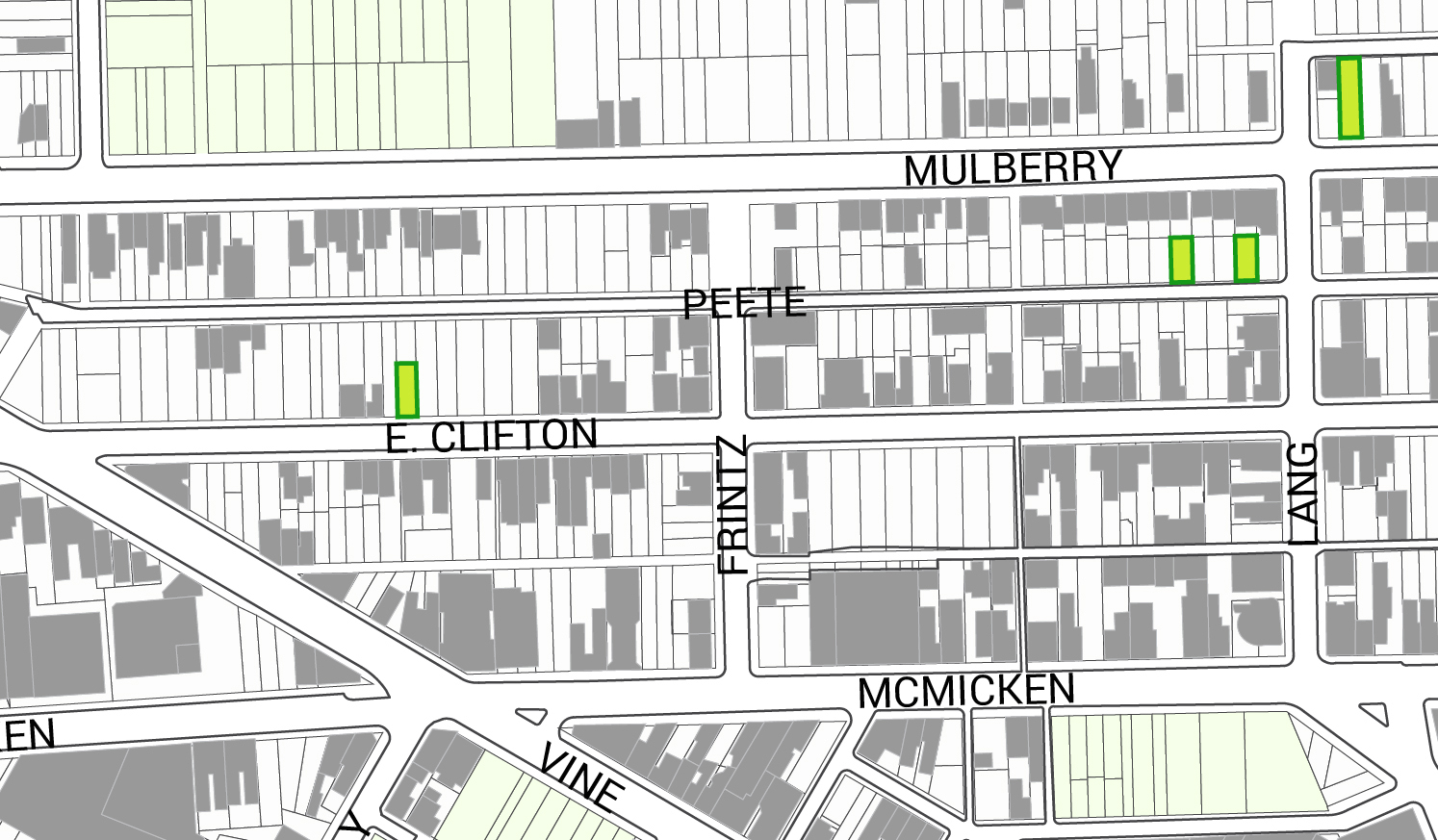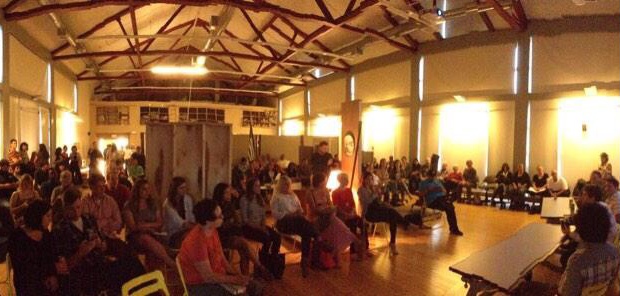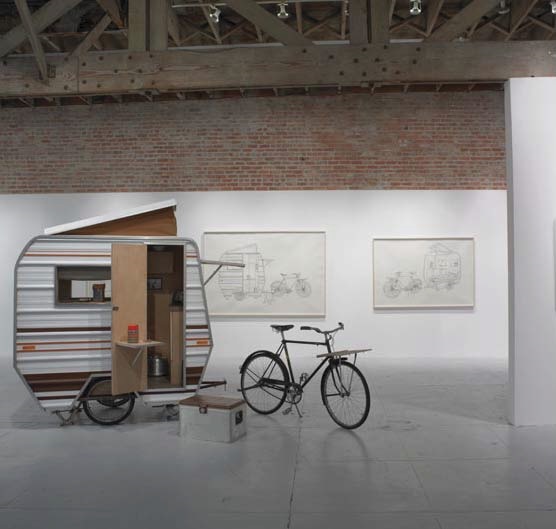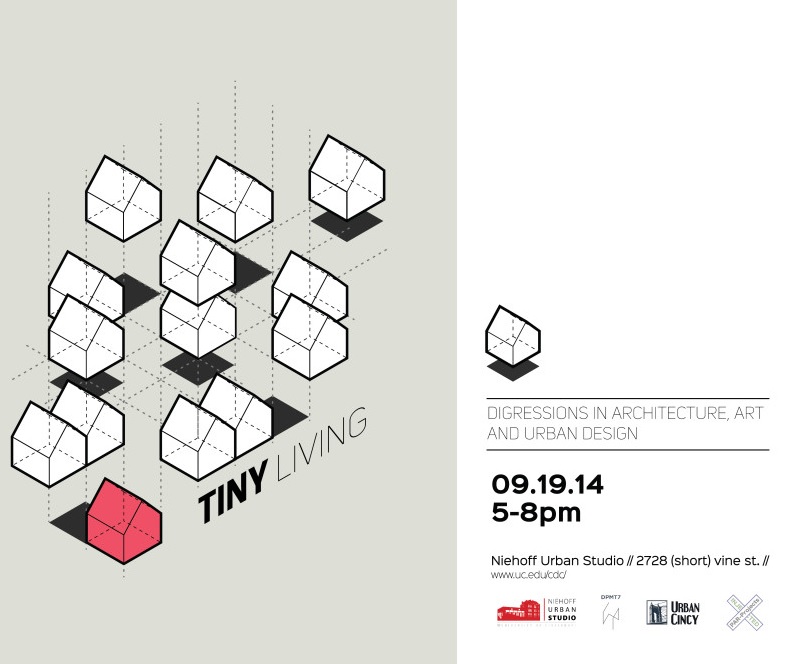As one of the 2015 Haile Fellows at People’s Liberty, I will design and build two, 200 sq.ft. net-zero energy tiny homes in Over-the-Rhine. The goal is to address the issue of affordable housing at all socioeconomic levels. The main idea is that anyone at any income level should have the opportunity to invest in their community via home ownership.
During 2015 I will be periodically share project updates with UrbanCincy and author articles about topics related to Start Small. Below is an introduction to Start Small and survey results about tiny homes in Cincinnati.
WHY?
Tiny homes offer an individual approach to address the rising cost of urban home ownership. While household median income in Greater Cincinnati has been relatively stagnant over the past 5 years, median sales prices have been slowly rising in Cincinnati, and more sharply in Over-the-Rhine. The tiny homes being built are intended to be affordable for an individual earning between $15,000 and $25,000 annually.
WHERE?
There are four possible sites in Over-the-Rhine, one parcel on Mulberry and East Clifton, and two parcels on Peete. This area differs greatly from land south of McMicken because of the hillside. Historically this area of the neighborhood had a number of 1 and 2-story buildings and has not been as densely populated as the rest of the neighborhood, likely because of the hillside.
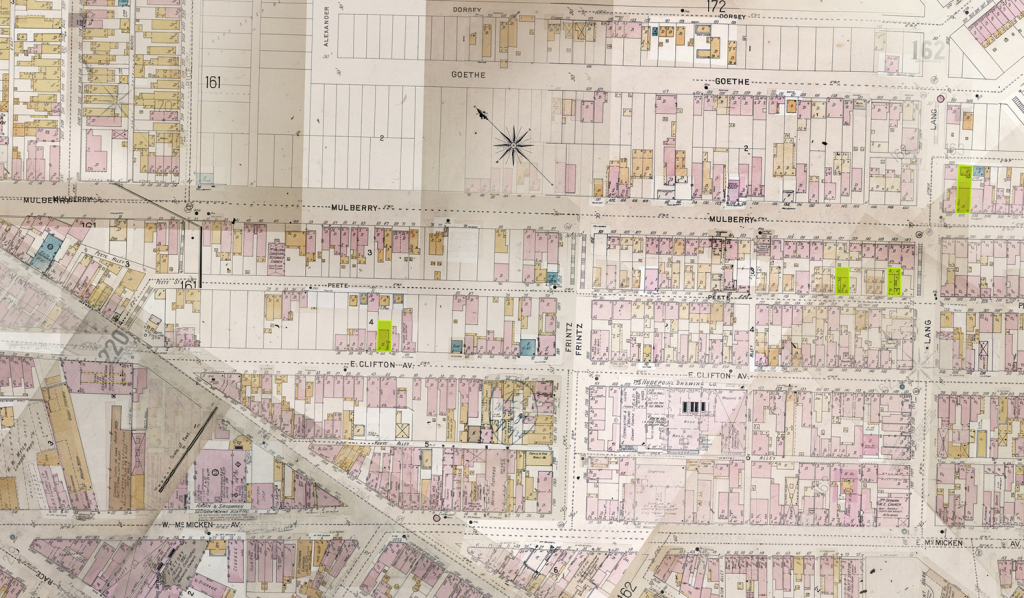 Sanborn Fire insurance map from 1904. Courtesy of the Public Library of Cincinnati and Hamilton County
Sanborn Fire insurance map from 1904. Courtesy of the Public Library of Cincinnati and Hamilton County
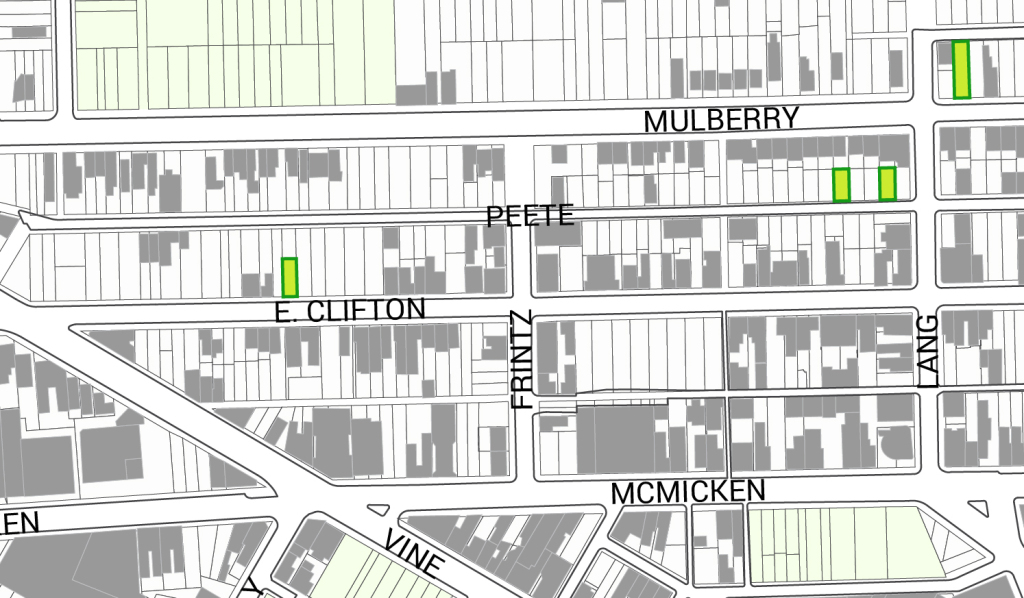 Modern day plan
Modern day plan
WHAT?
Start Small will design and build two net-zero energy tiny homes on a permanent foundation. Three concept model plans have been drawn, but no design has been finalized.
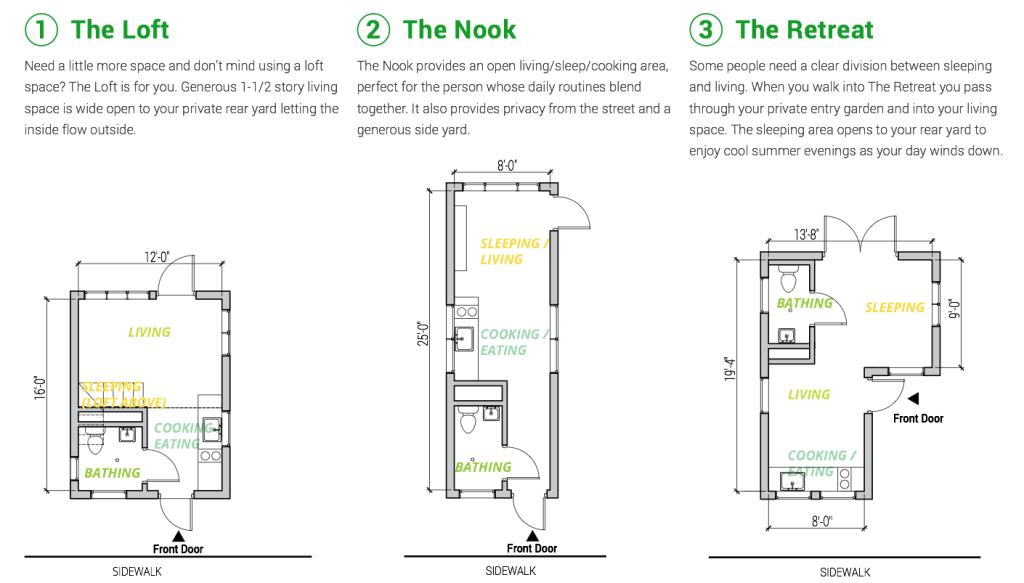
Below are preliminary results from an online survey that is still accepting responses. The survey and input at a Community Visioning Session in February will inform a final design.
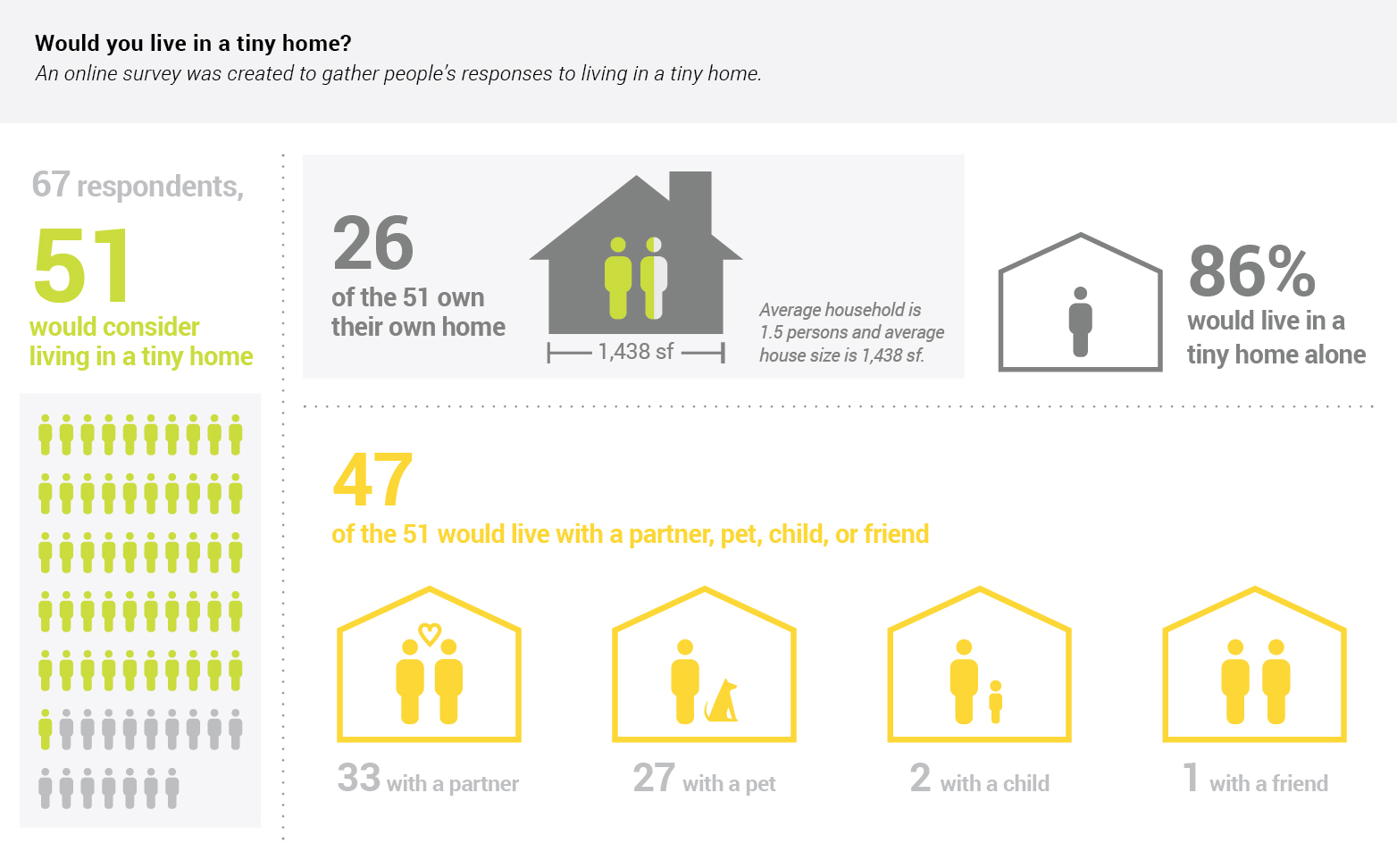
Data Visualization by Amy Kwong

Data Visualization by Amy Kwong
Your participation is needed. Click here to start describing your tiny home…if you want one!
